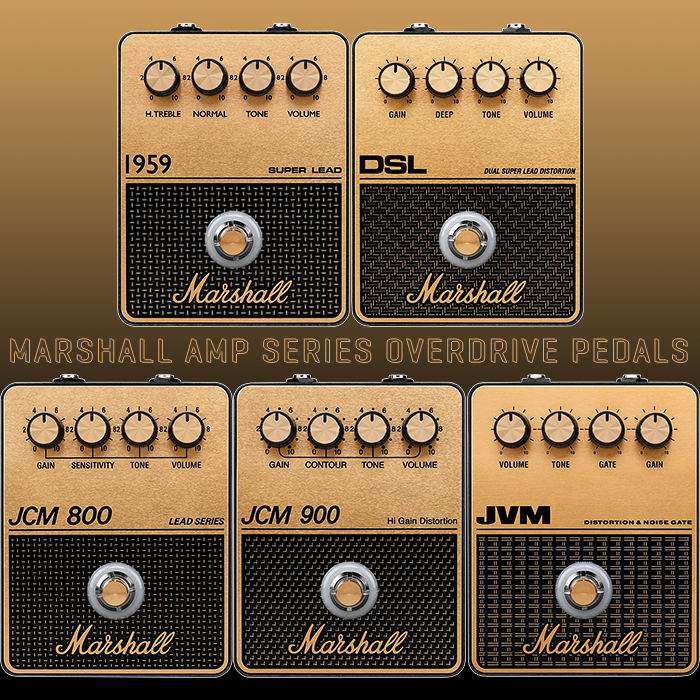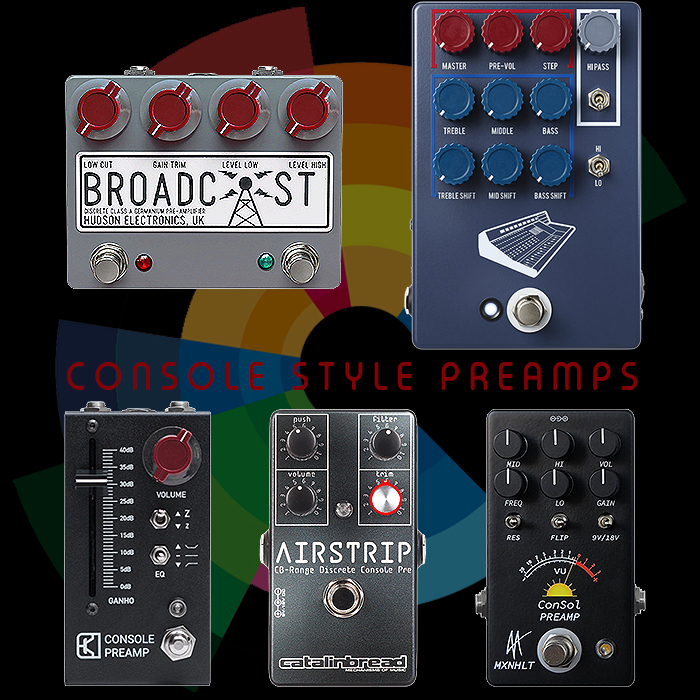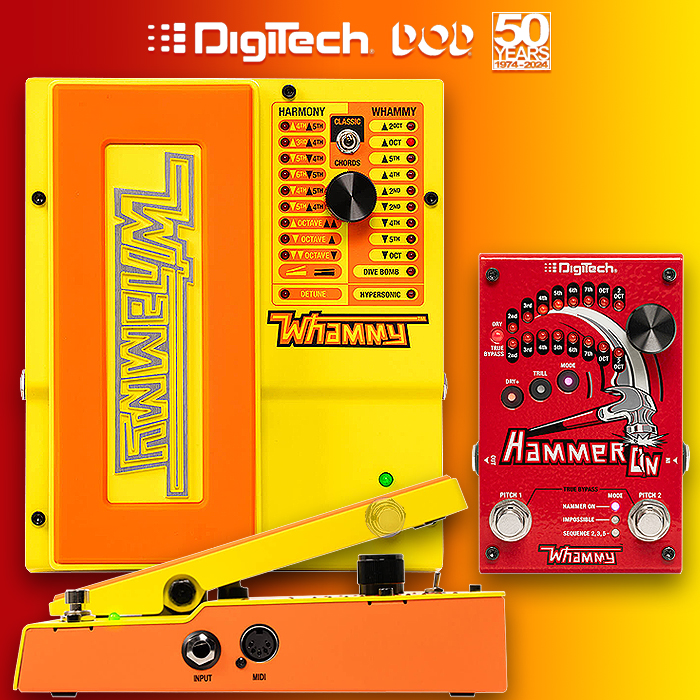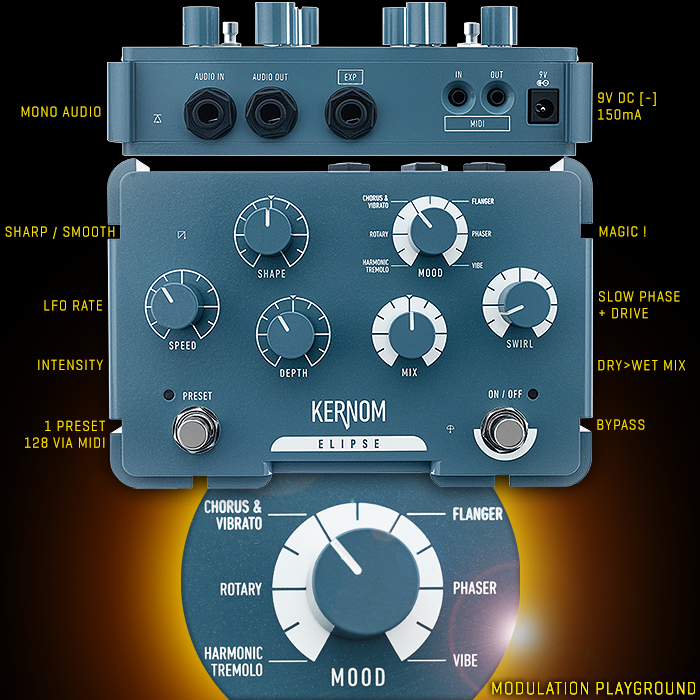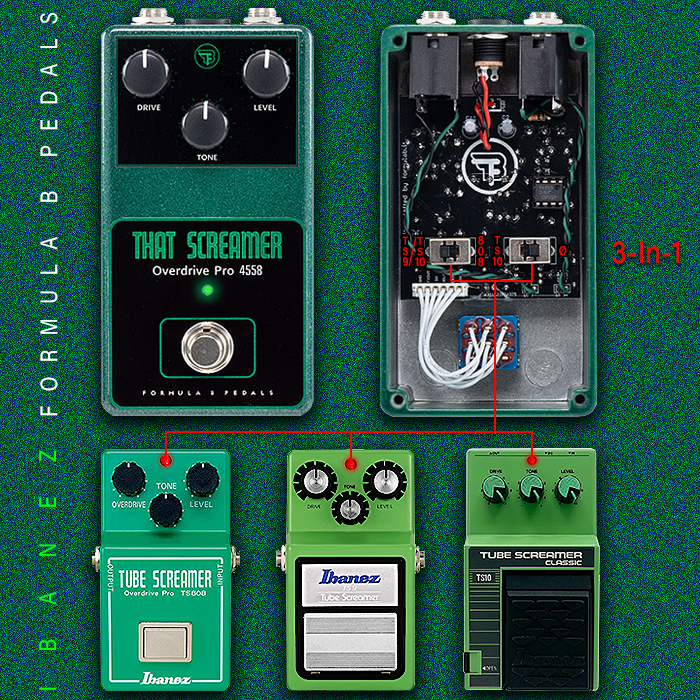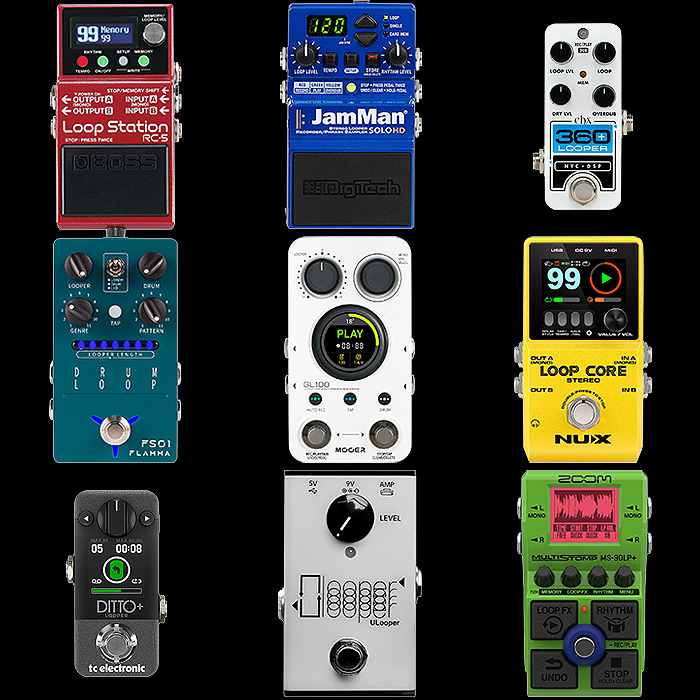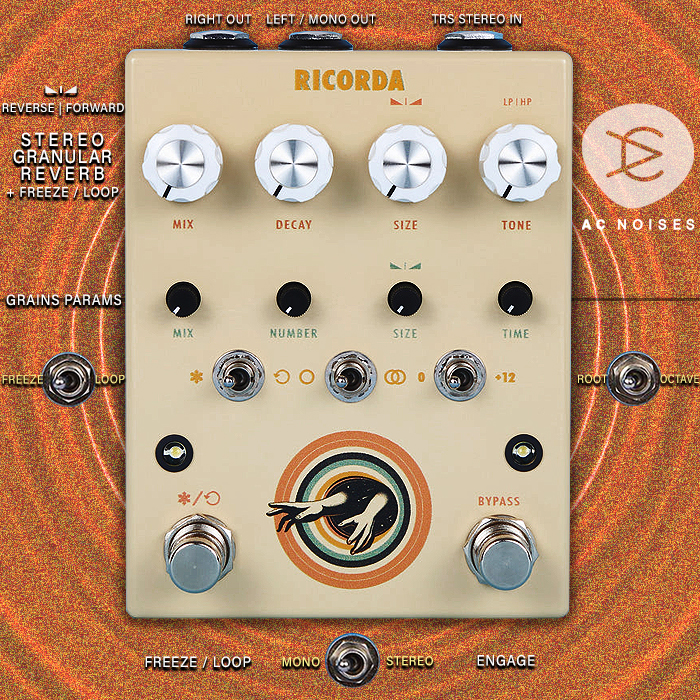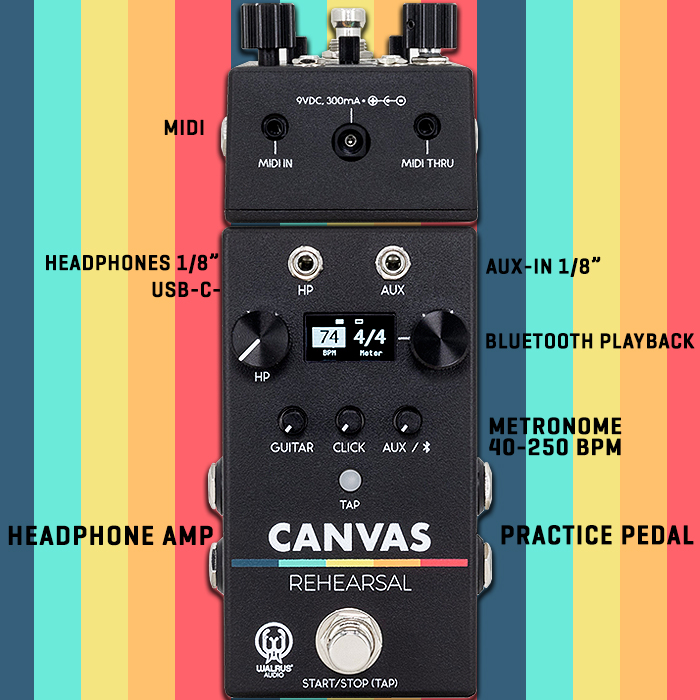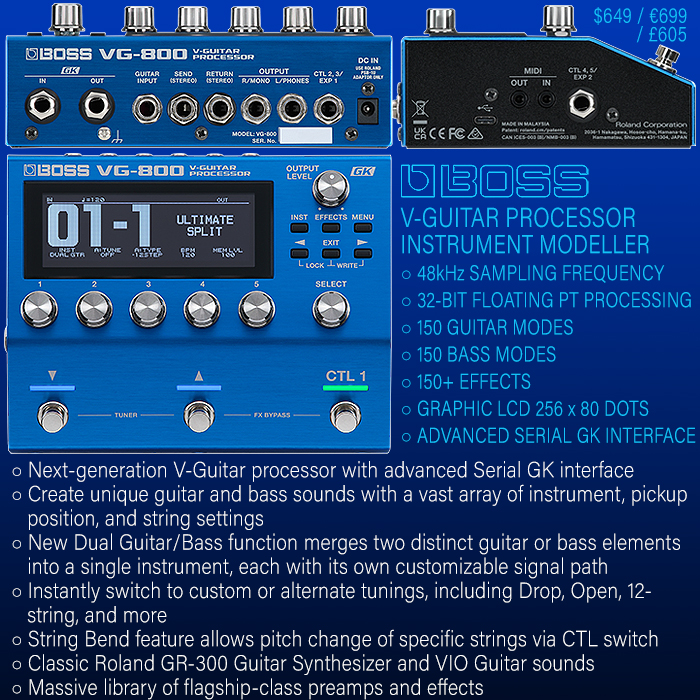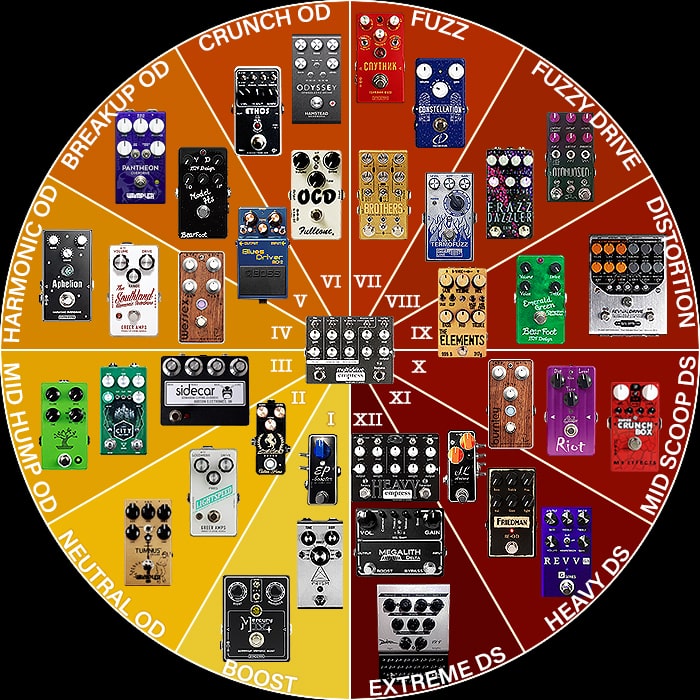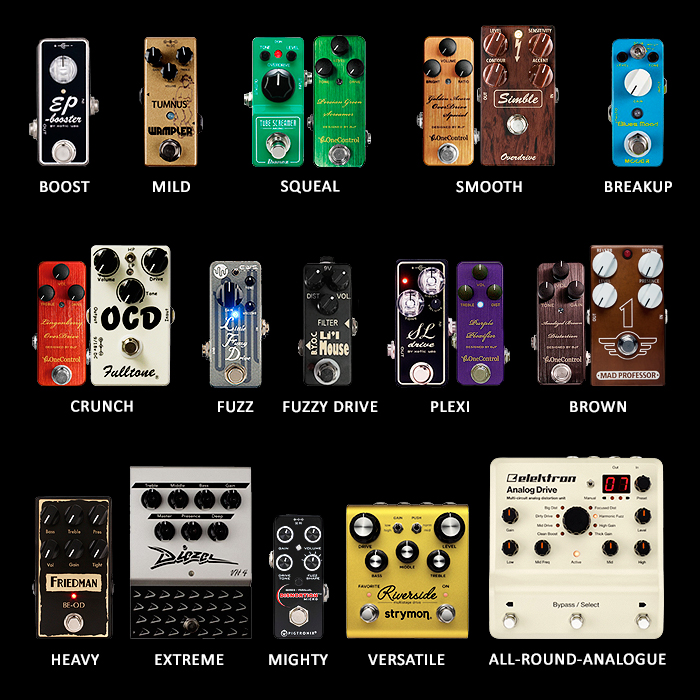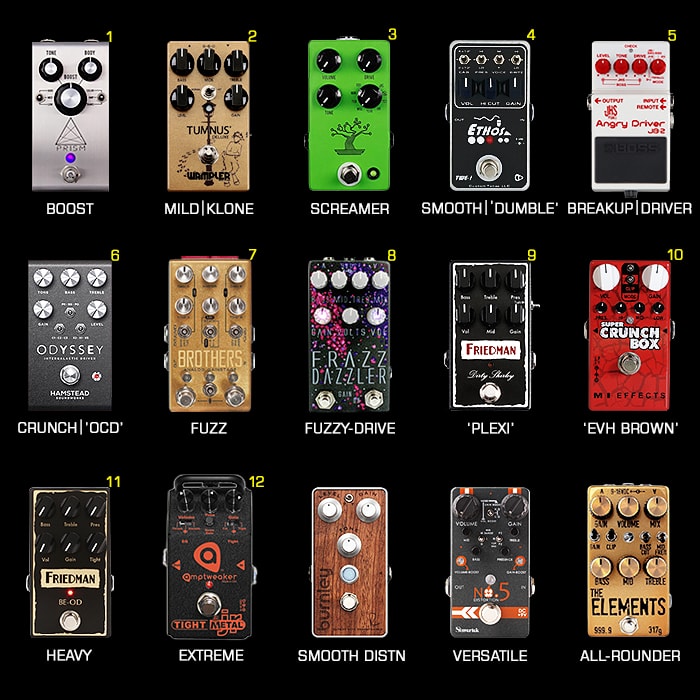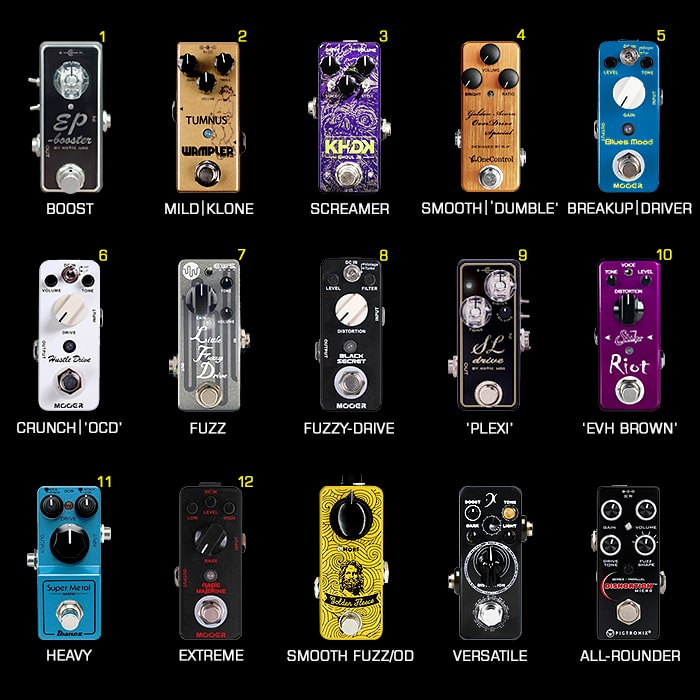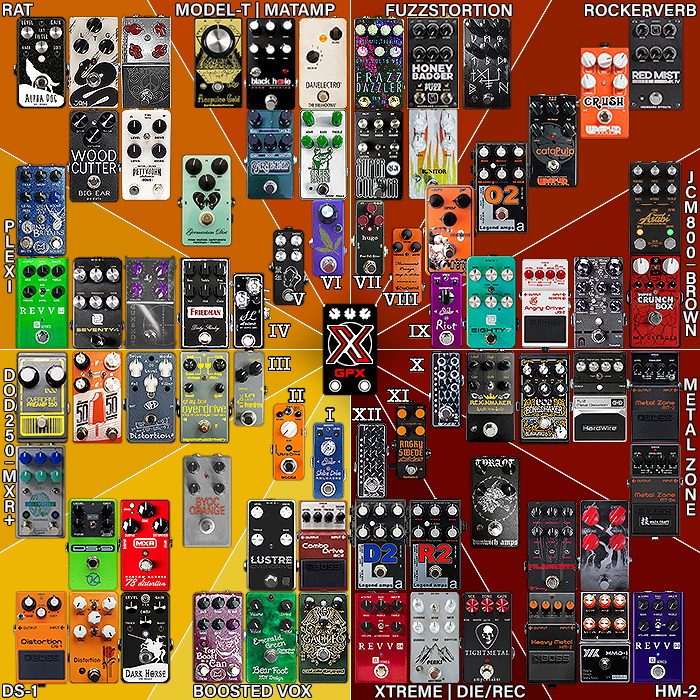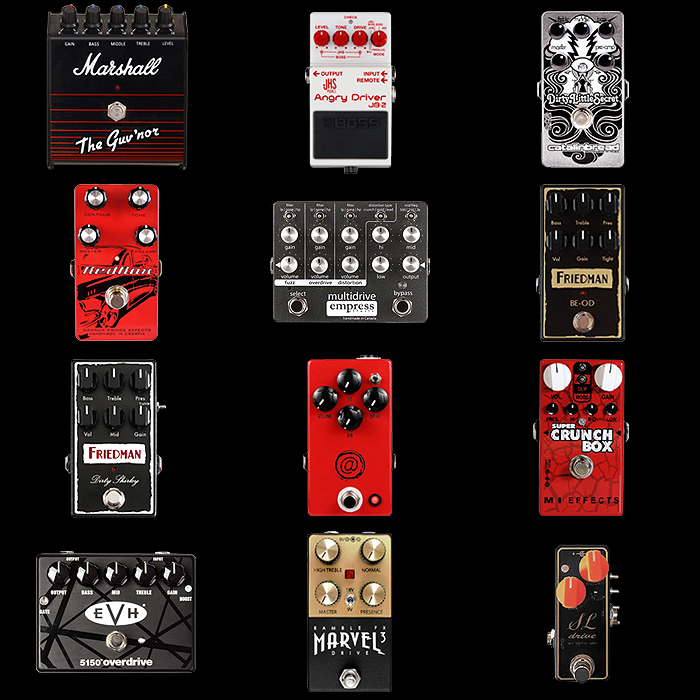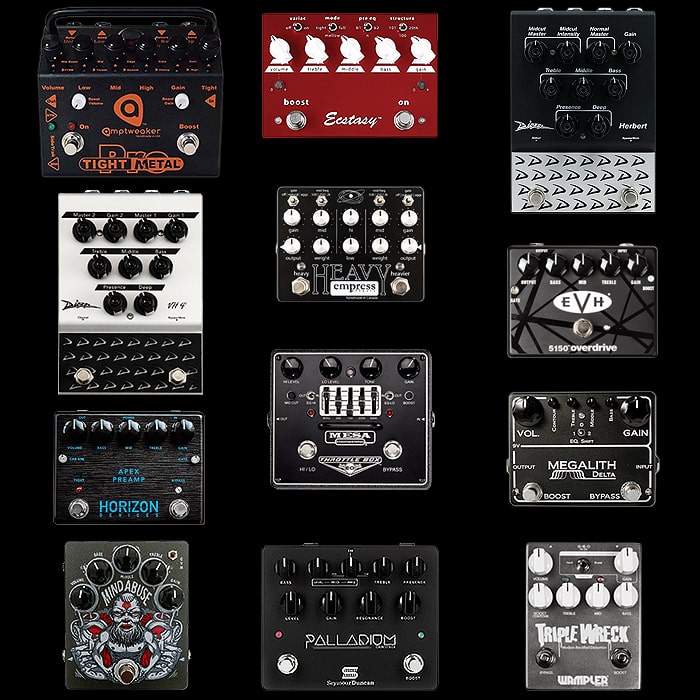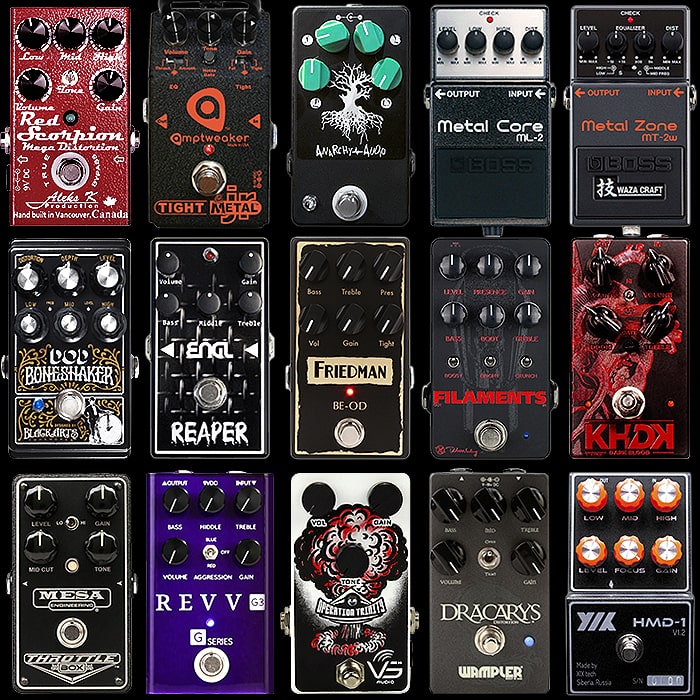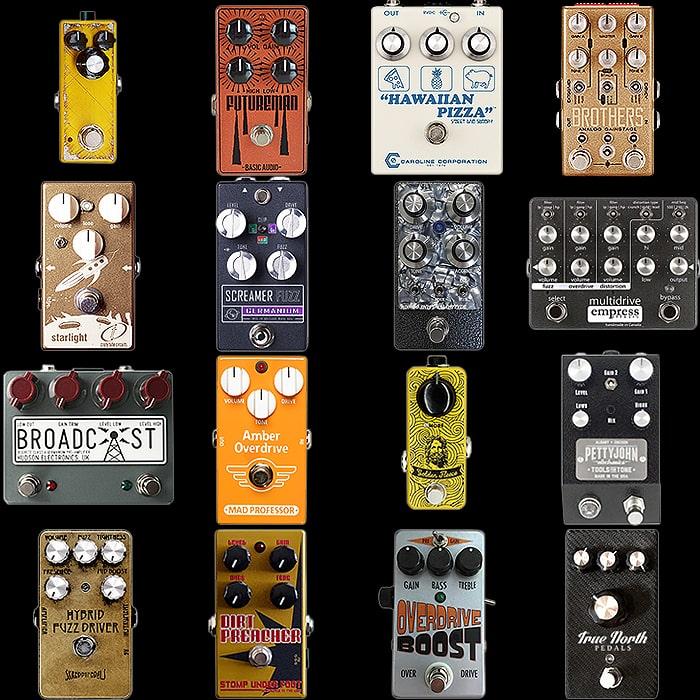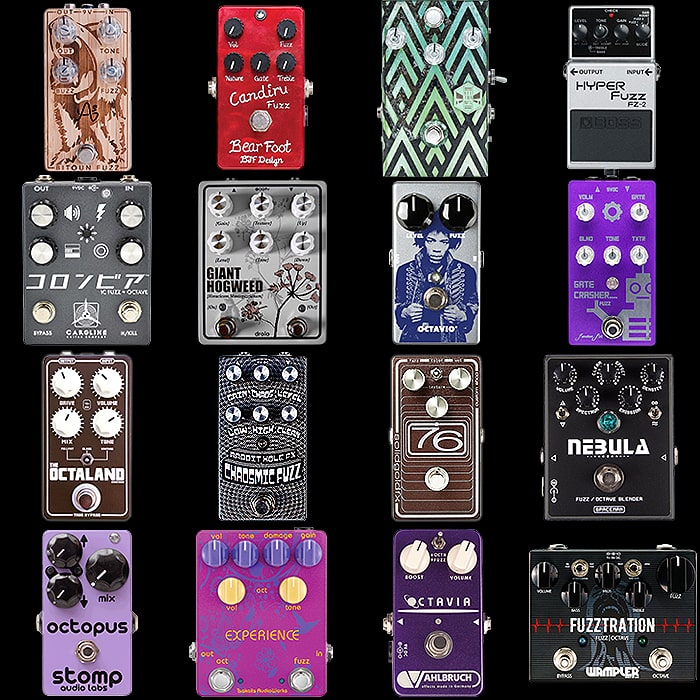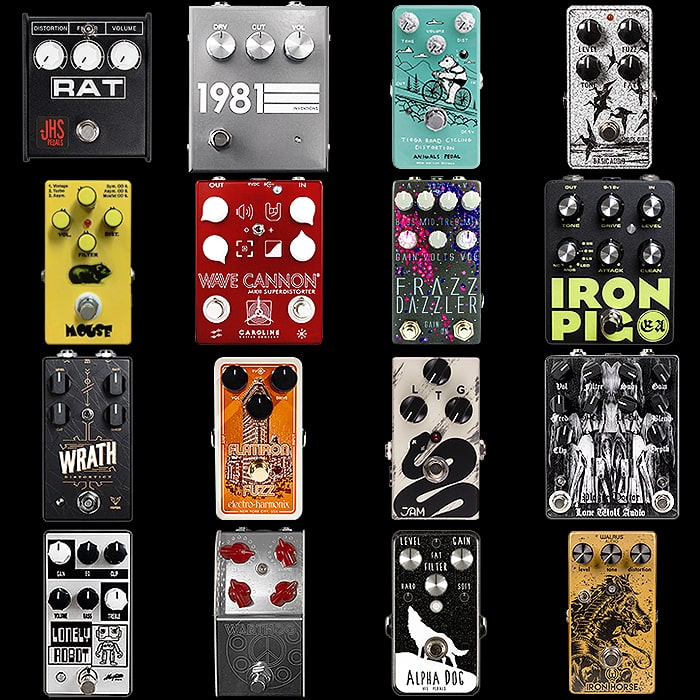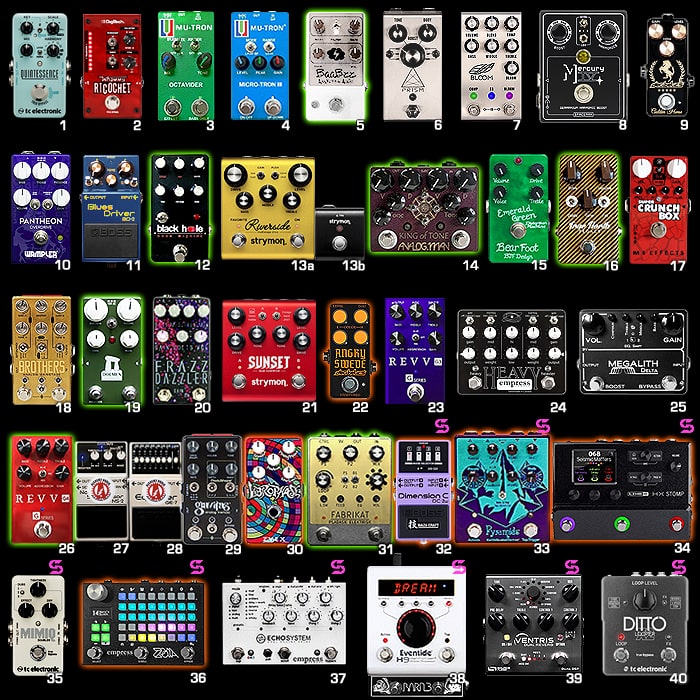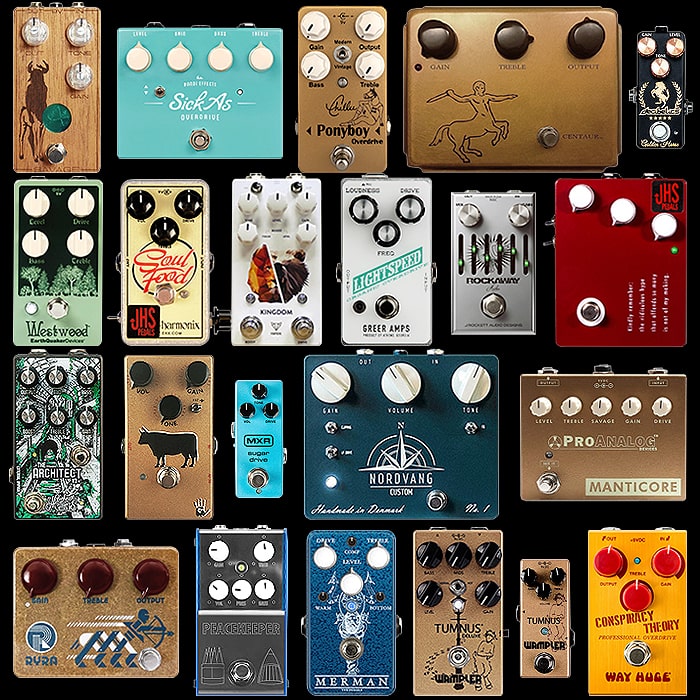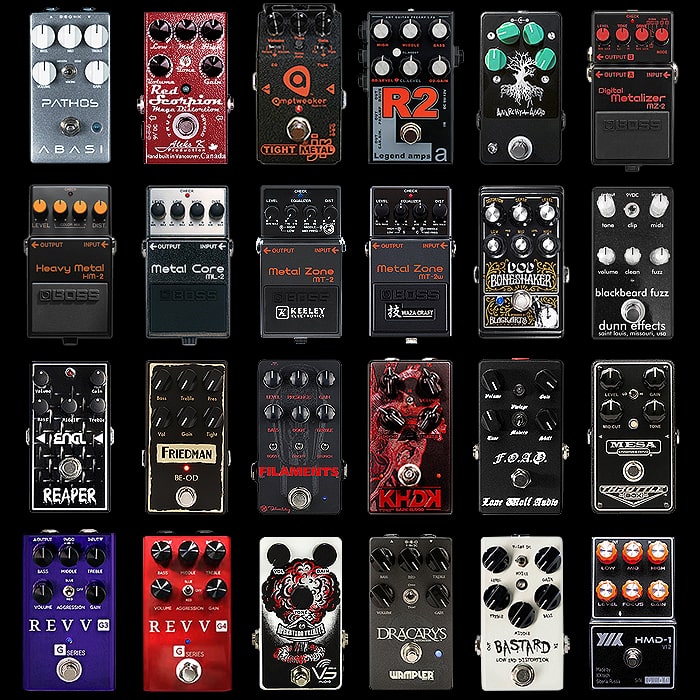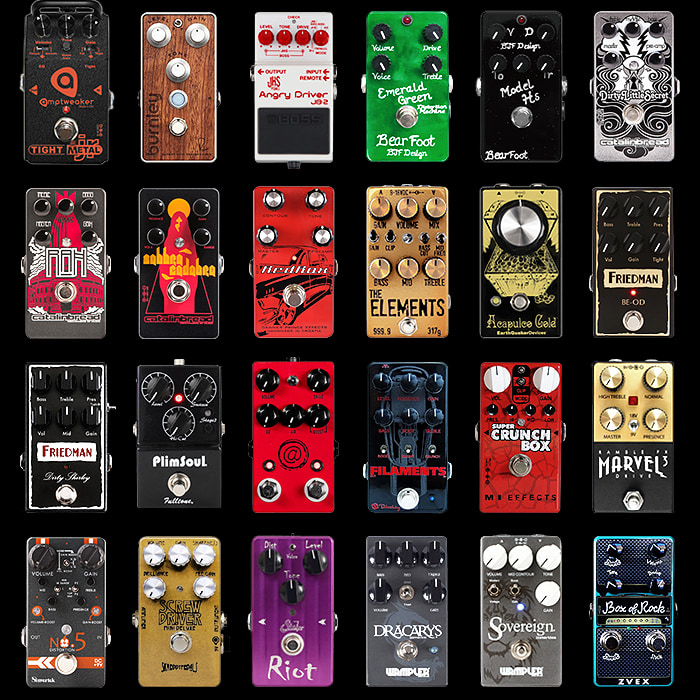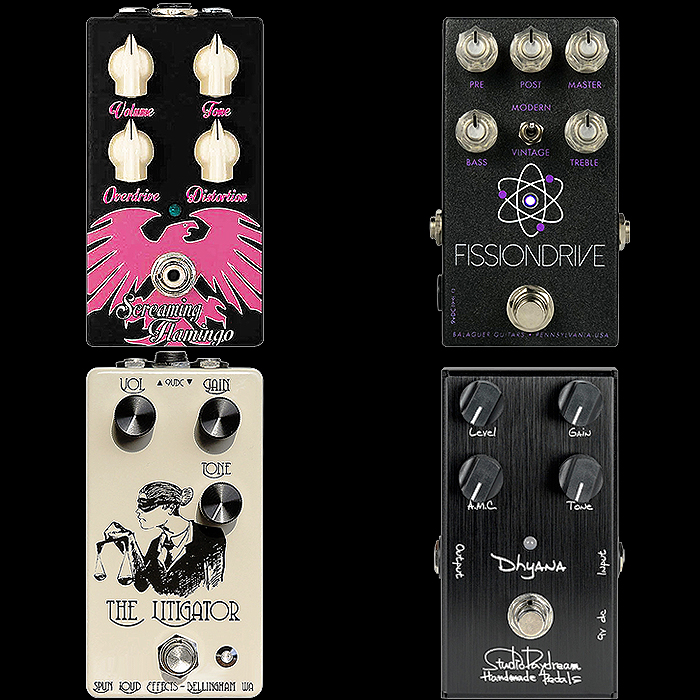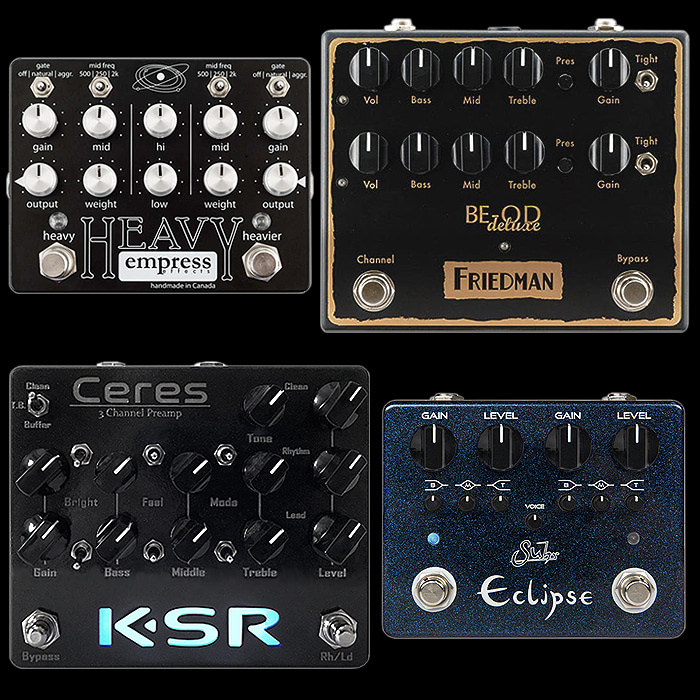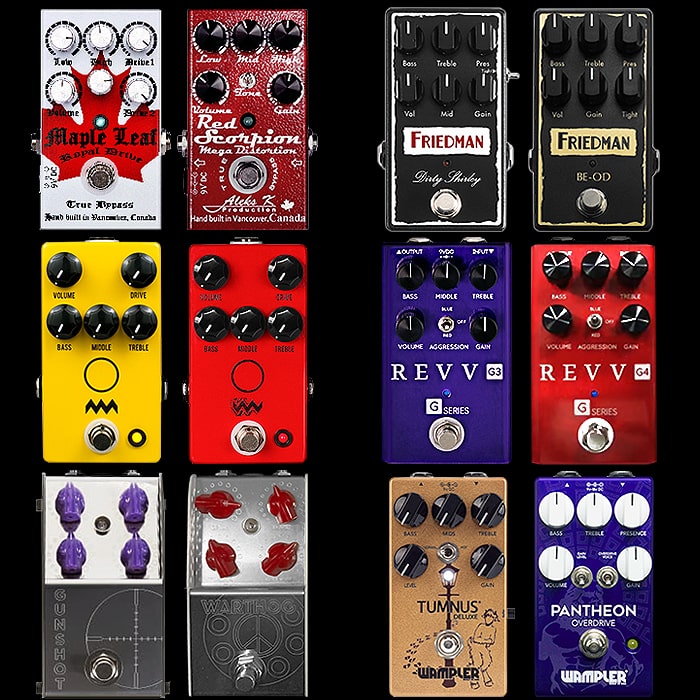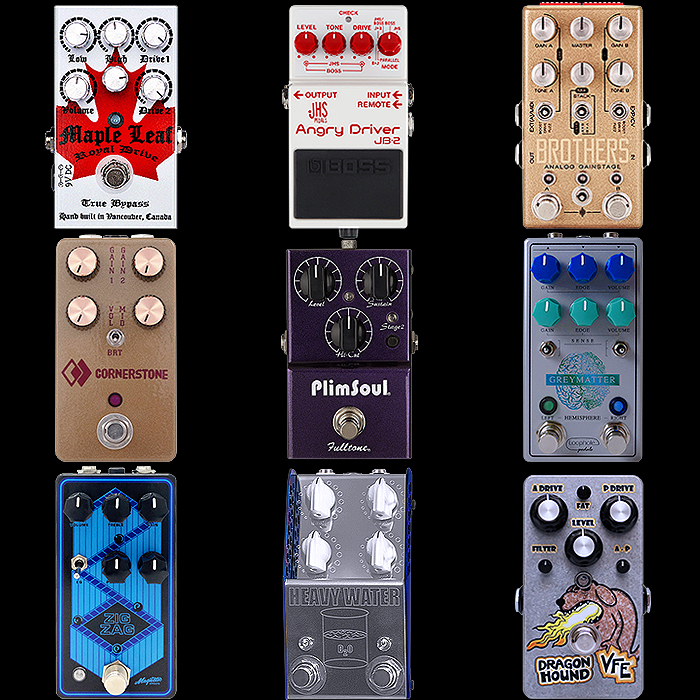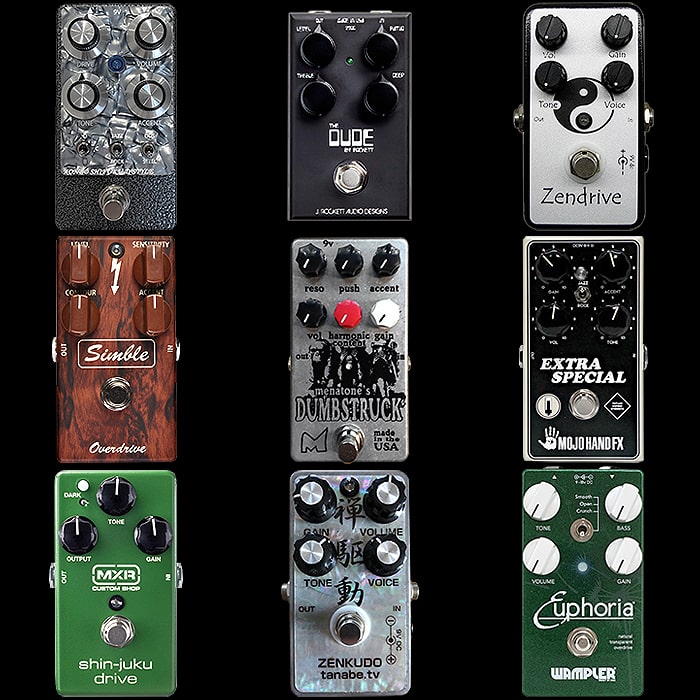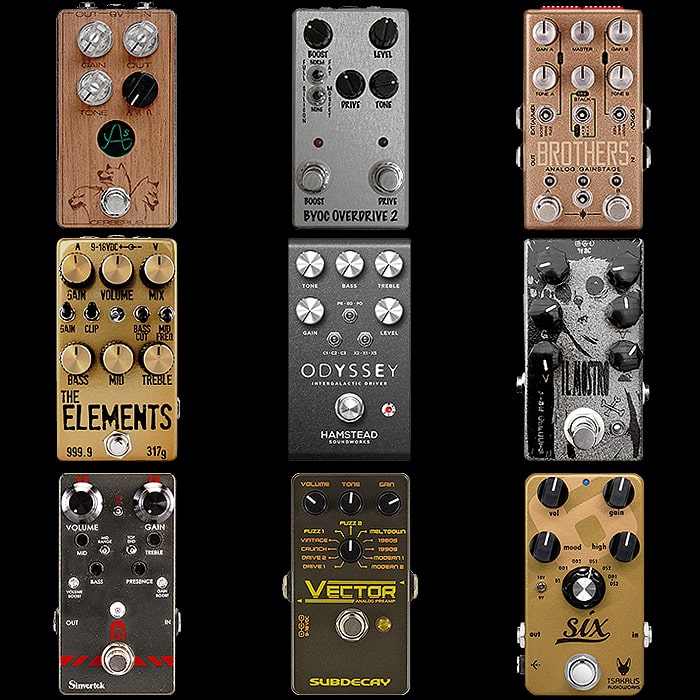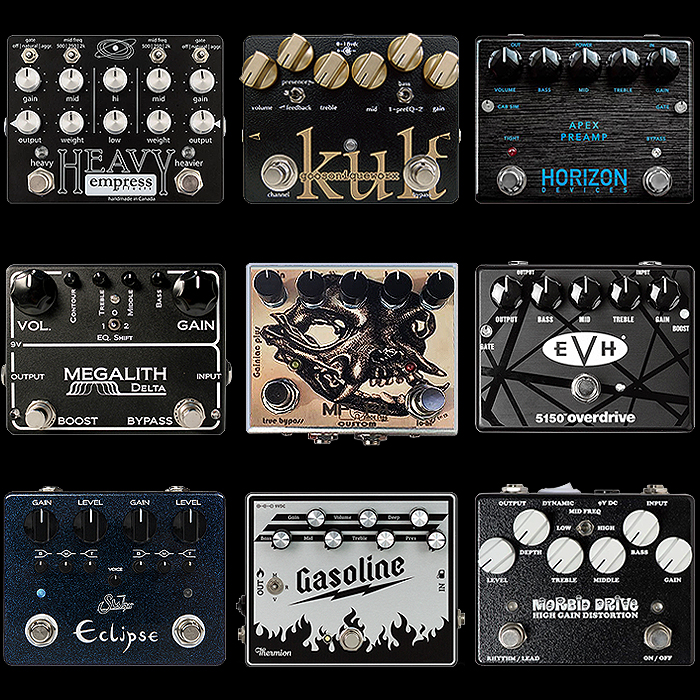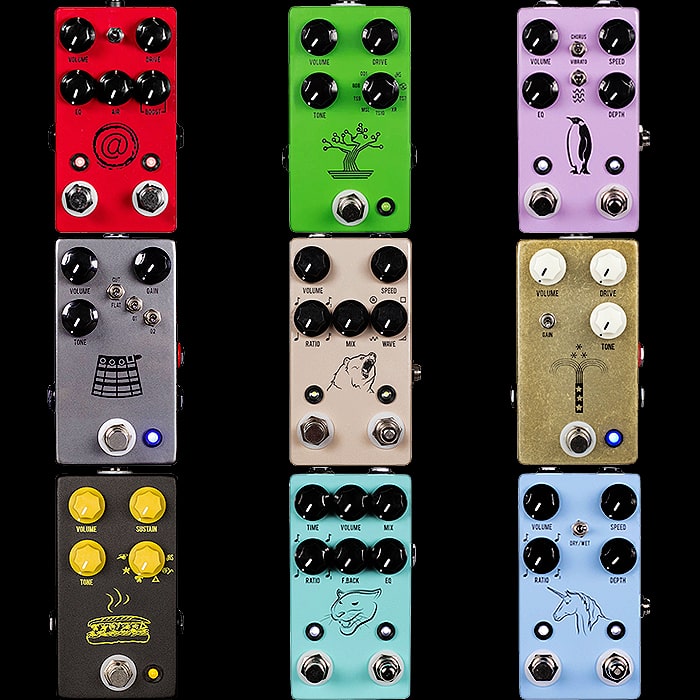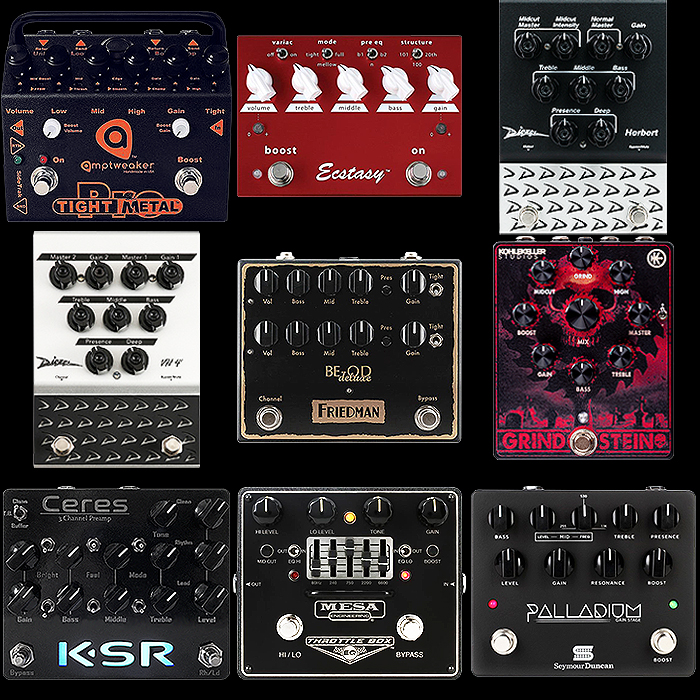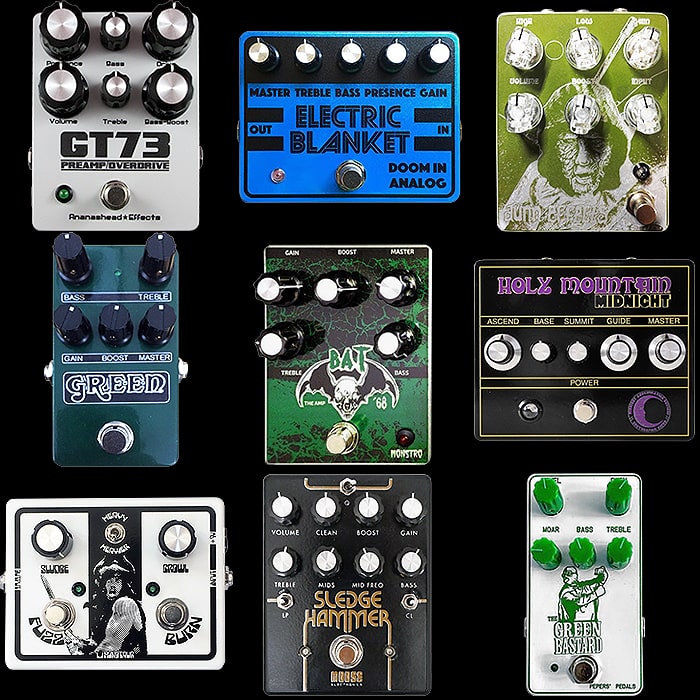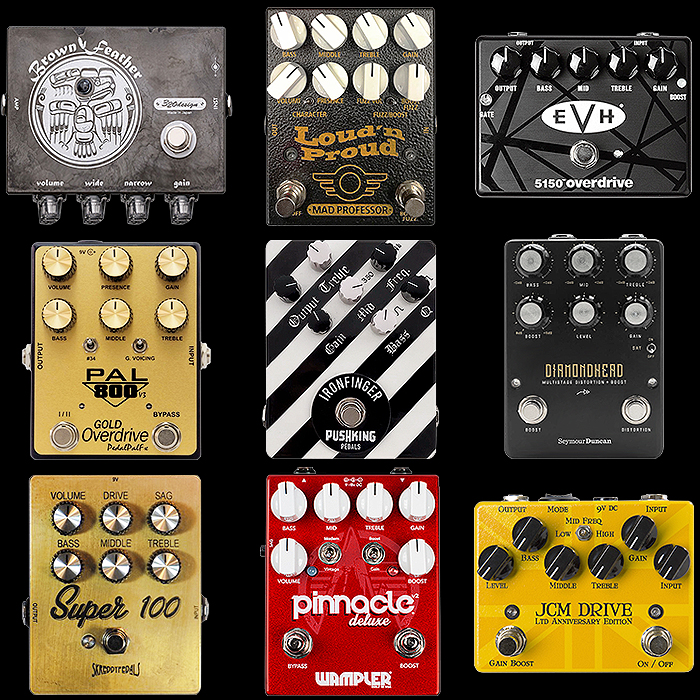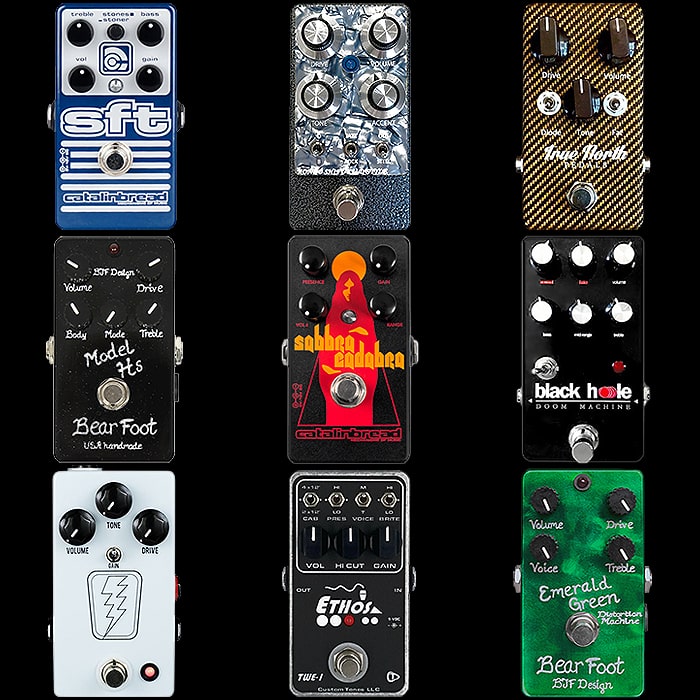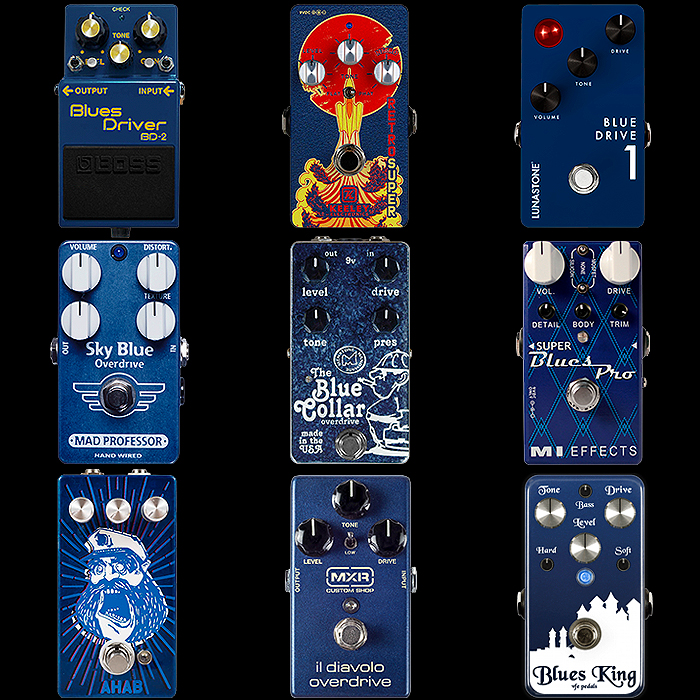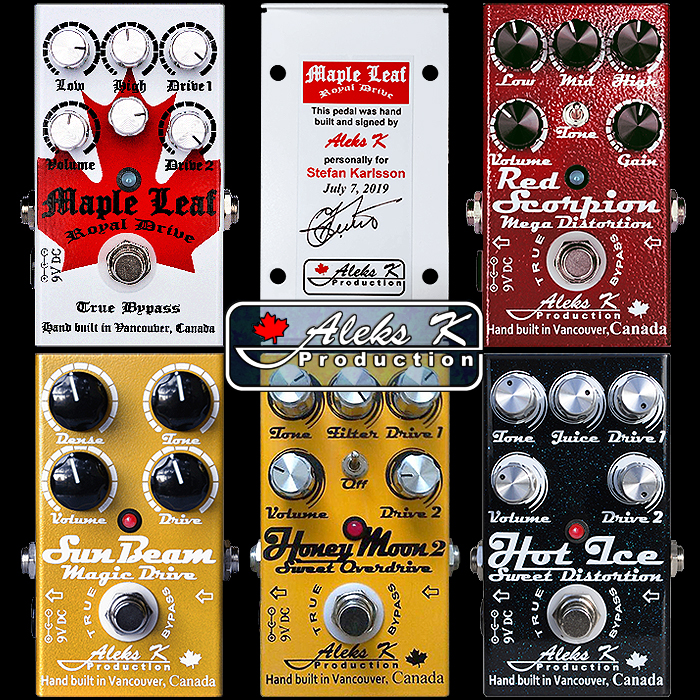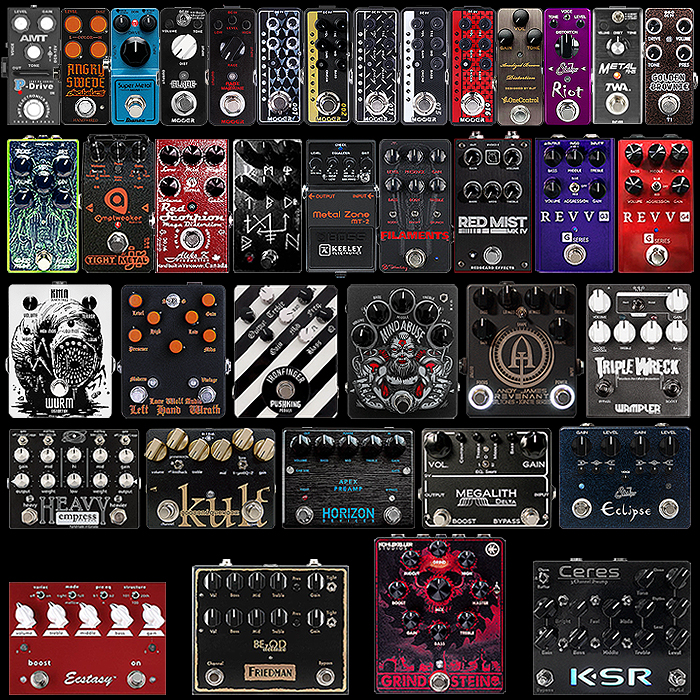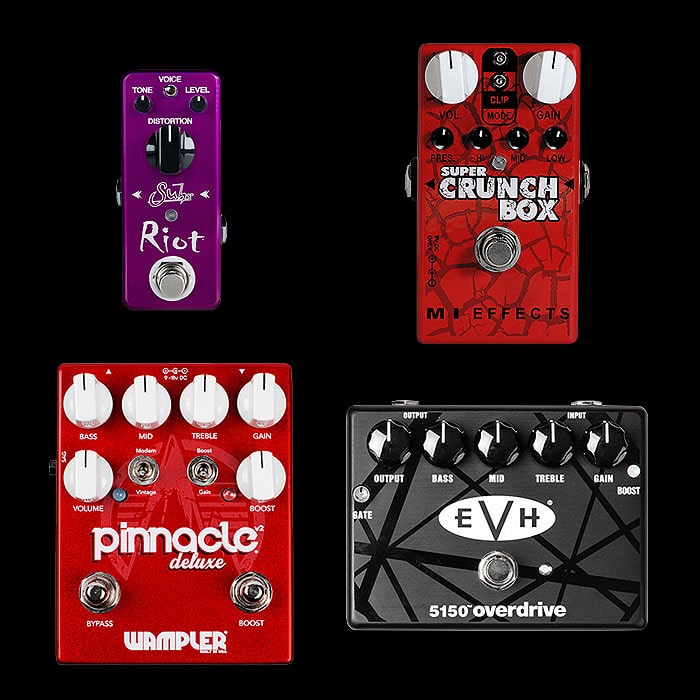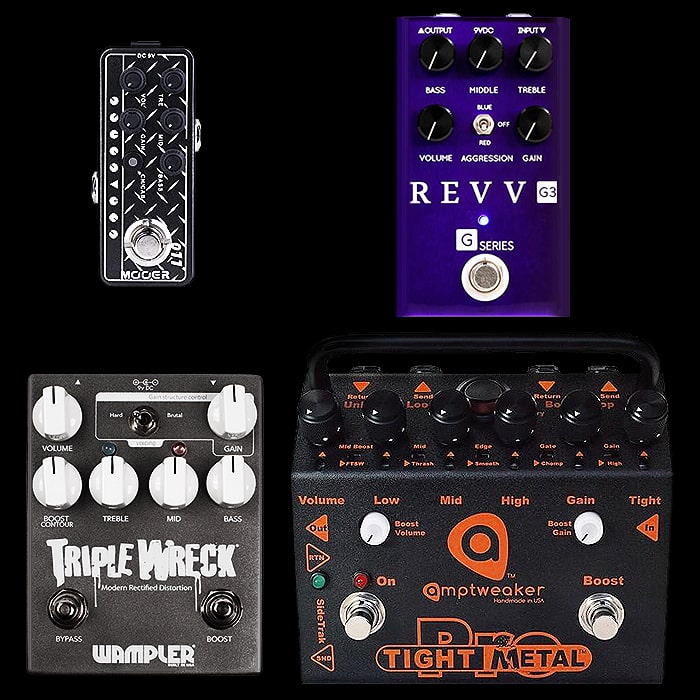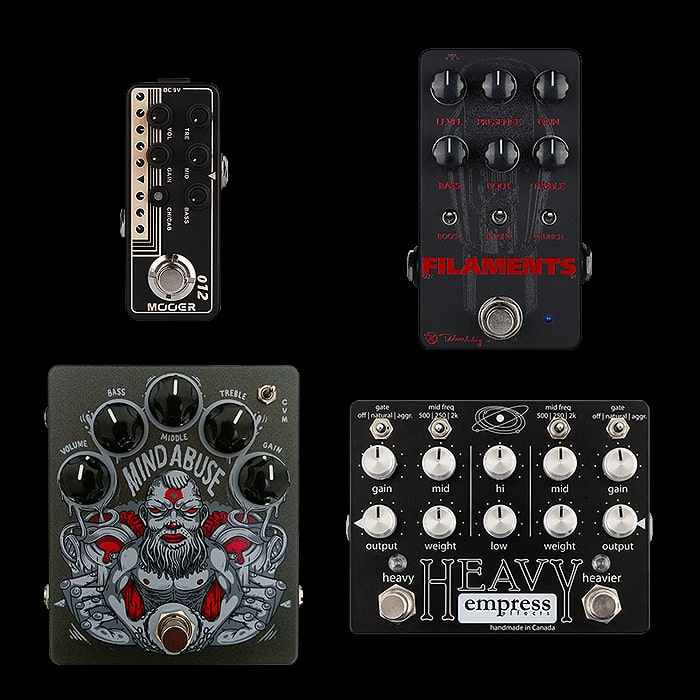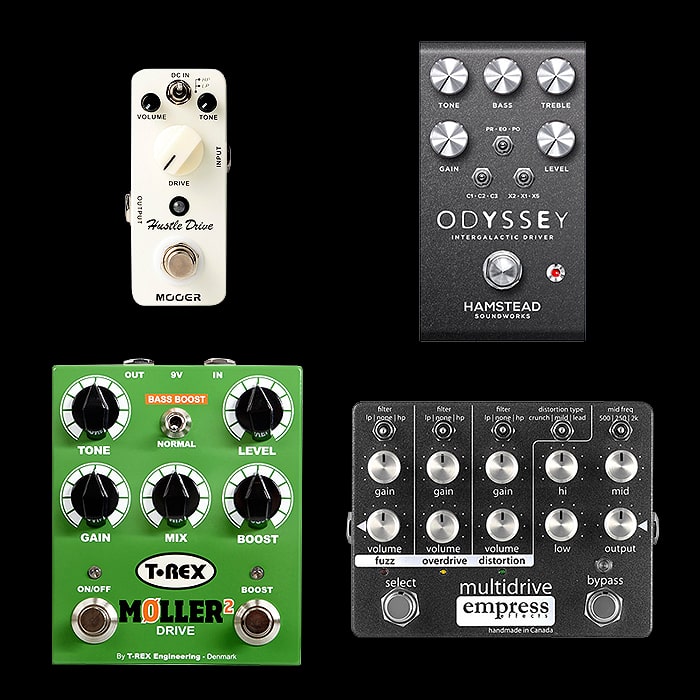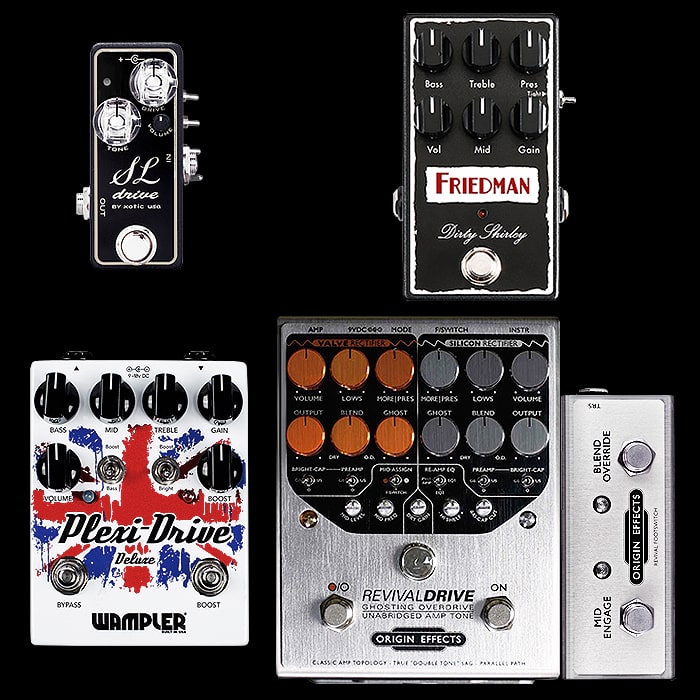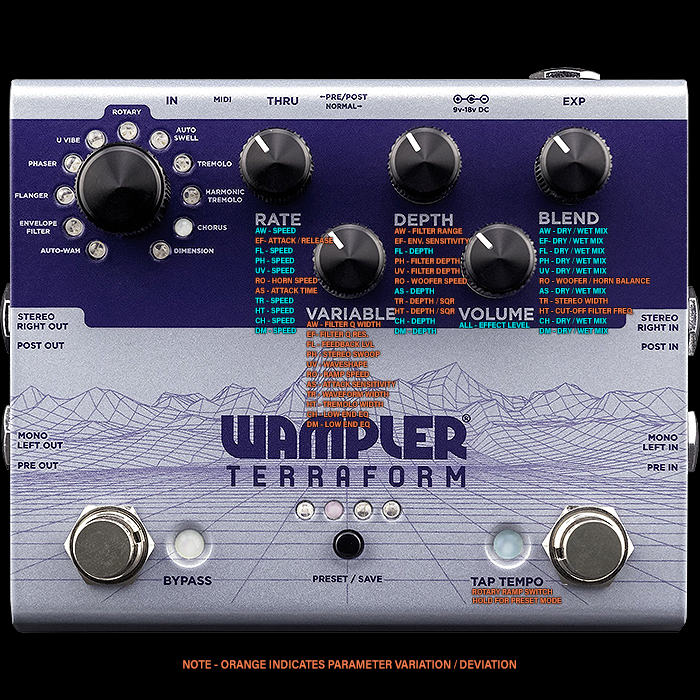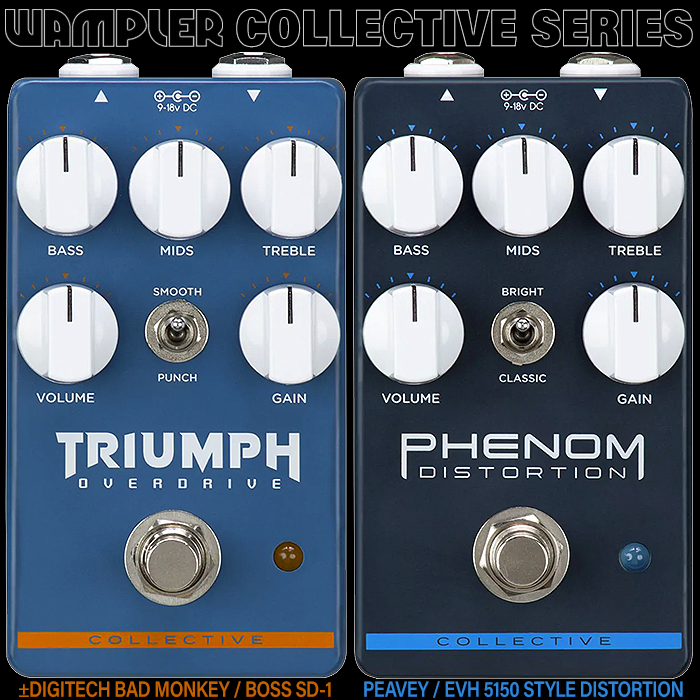4 of the Best Stackable Overdrive + Distortion Multidrive Pedals
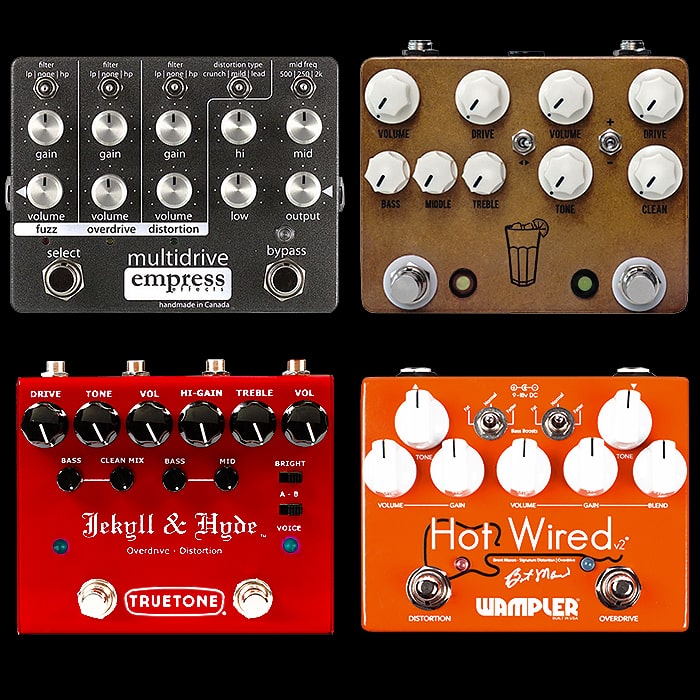
There are in essence 3 types of dual footswitch drive pedals - Drive + Boost, Dual Channel Individual/Independent, and Dual Channel Stackable. I’m really enjoying combining the two channels of my King of Tone pedal, which is what inspired this article. The 4 pedals featured here both allow you to stack the two ’channels’ together, as well as typically have extended control over the distortion side in particular. The Empress Multidrive differs from the others here by stacking the voicings in parallel, while the others allow you to stack in series - usually in either direction. The Jekyll & Hyde goes one further than the rest too in allowing you to deploy the two sides as entirely separate pedals if you wish to via dual in-out sockets.
I have had the Empress Multidrive for several years and it used to be my main Marshall-like distortion of choice - until ousted by the Origin Effects RevivalDrive. That slot is currently occupied by the Analog.Man King of Tone which I am having a lot of joy with at the moment, and it will be taken up next by the Jekyll & Hyde which I’ve very recently acquired, and rotated also with another recently acquired dual-footswitch pedal - the BYOC Crown Jewel (Drive + Germanium Treble Boost).
I’ve long had the Jekyll & Hyde on my radar and wishlist therefore, and I noticed the other day that GAK.co.uk were offering it for a really appealing £133 - which is a total bargain seeing as the MultiDrive and Sweet Tea RRP is $299/£299, and the Wampler Hot Wired typically retails for £249. The Jekyll & Hyde is a somewhat unsung pedal which is really well-loved by those that have encountered it, and it is so capable and versatile with its many handy tone-sculpting controls.
All the pedals here feature Marshall-like distortions - either Plexi or JCM800 style with Tube Screamer or more neutral style overdrives. Each has its particular following, while the Jekyll & Hyde should really be much more successful than it currently is. I guess Truetone have not done too much marketing of late, and other more social-media aware/active brands are more prominent - JHS and Wampler are great examples of that, while Empress & Truetone have yet to master that medium really.
I feel most players would be happy with any of these - all of them are hugely versatile and sound great - I feel I have the best pair here which both offer something slightly different to the mainstream - but of course all choices are valid.
Pedals are listed alphabetically by brand name:
Empress Effects Multidrive - £299
This is one of my all-time favourite pedals even though it is on current hiatus from the pedal-chain. You get 3 separate voicings - Fuzz, Overdrive and Distortion which you can select which ones are active / stacked in parallel across each of the 2 channels. I deploy separate Overdrive and Distortion Channels essentially with both those core voicings stacked with a little Fuzz for more texture and dynamism. One of the downsides of the MultiDrive is that you can't achieve separate tuned voicings for each Channel - as tone-controls are shared throughout. With a little more digital trickery on the control layer I feel this pedal could be even better - like the Mooer Micro-Amp pedals where you can apply different tone settings to each channel. I would also like the ability to toggle between 3 channels here - so you can have separate Fuzz, Overdrive and Distortion channels - where each combines differing amounts of the 3 core voicings! In any case this is a fantastically versatile and truly great sounding pedal with a few compromises - which mean you need to deploy it cleverly.
JHS Sweet Tea V3 - £299
JHS combines two of its best-loved pedals within a single enclosure - with its Moonshine V2 (Enhanced/Evolved Tube Screamer) on the right and Angry Charlie (JCM800) on the left. You also get an order toggle for switching the stacking series - overdrive into distortion or vice-versa. There's nothing at all wrong with this classic pairing - it sounds great - the Jekyll & Hyde gives you a tiny bit more control and is around 1/3 of the price - but then again the JHS is USA-made. I have no hesitation in recommending either.
Truetone Jekyll & Hyde V3 - £133
Although not specifically referenced, this pedal has a rather neutral / slightly Tube-Screamer-ish overdrive and pretty Marshall-like distortion channel - with a plethora of tone-sculpting controls. It is in many ways the most fully featured of the pedals listed here and currently, courtesy of GAC.co.uk is the most accessible price-wise. I often wonder at the vagaries of the pedal marketplace and how some pedals gain ubiquity status while other equally good ones or better even - flounder on the margins of popular awareness. Those that have discovered this pedal rate and rave about it, yet there seem to be many more who are still oblivious to its charms - I encourage you to seek it out and test-drive it!
Wampler Hot Wired V2 - £249
Finally, we have Brent Mason's signature pedal which combines 2 of Brian Wampler's perennial favourites - the Clarksdale on the right (Evolved Tube Screamer) and Plexi-Drive on the left. You additionally have a 3-way Normal/Fat/Fatter Bass Boost per channel - there is no option to switch order of channels though. Again a great sounding pedal - where I would perhaps prefer 3-band EQ on the distortion channel like the others here offer - but possibly preferable to those preferring slightly simpler controls - it all sounds fantastic in any case.
Final Thoughts
There are no doubt quite a few more options at this level - but these were the 4 pedals that came to mind. I also thought of the Suhr Eclipse, but that does not allow you to stack its two channels - in fact most of those I naturally associated with this type turned out to be of the non-stackable variety. I would love to hear if you have other favourites in this area!
As I said, I have the two left-hand pedals already and have no plans to acquire either of the right-hand ones. I am though always on the look-out for great all-rounder pedals and if I come across further candidates I will include them in a broader sweep. I feel you generally can't go wrong with an Overdrive + Marshall Distortion combination.
Also note that for the sake of the visual the pedal proportions have been somewhat standardised while there are some minor variances overall in relative dimensions.








